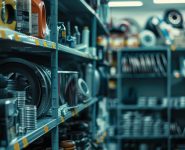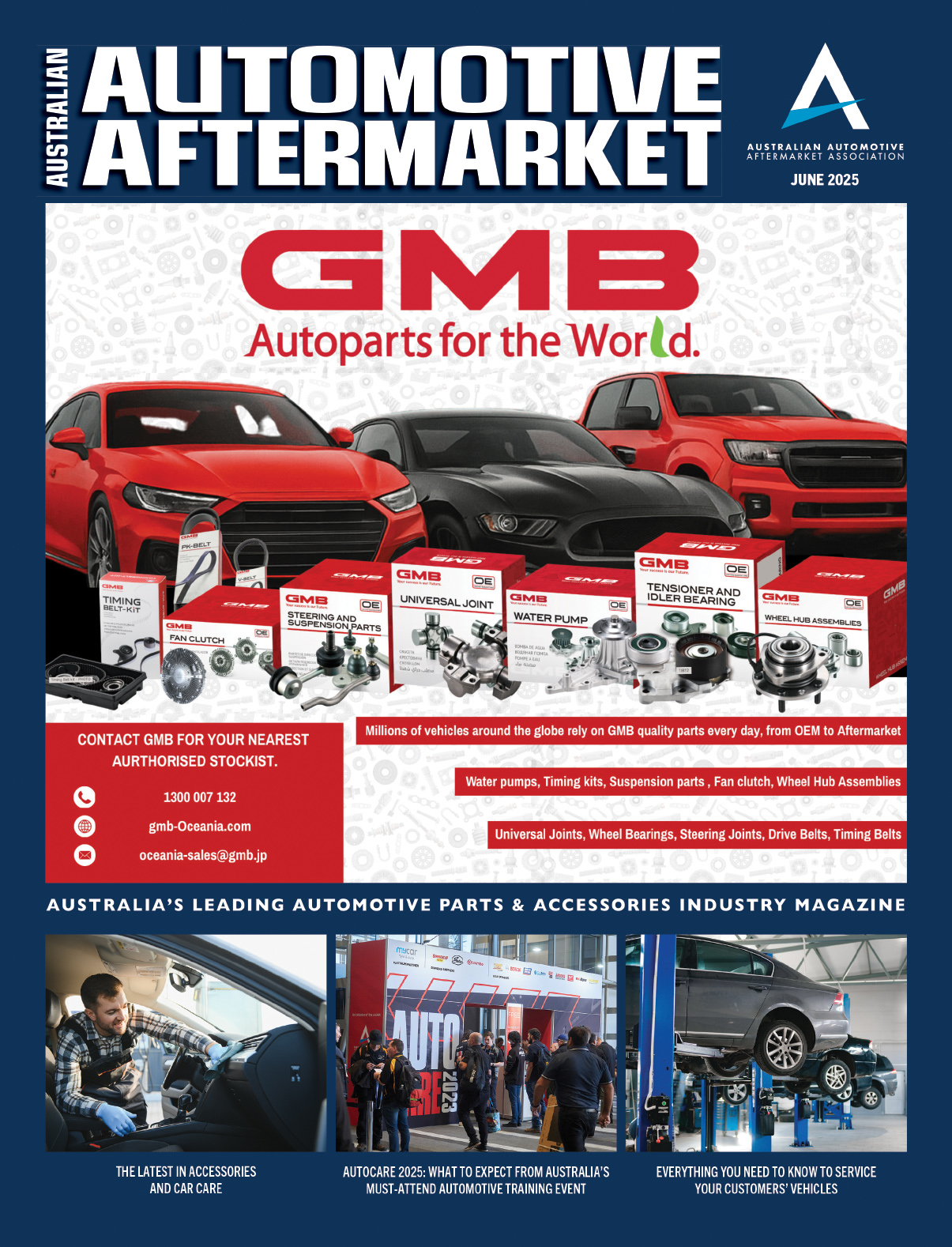VEHICLE REPAIR IN THE AFTERMARKET
As vehicles age, the balance between dealership and aftermarket workshop servicing shifts significantly
Understanding these trends is crucial for service providers to make informed decisions about when and how to attract vehicle owners who are likely to turn to the aftermarket to resolve issues.
Overall reliability
Looking at the overall reliability of vehicles, less than a third of newer models (2020 onwards) reported any issues, talking to the high level of reliability in modern vehicles.
As vehicles age, the proportion experiencing issues naturally rises, with around half of pre-2010 vehicles experiencing some form of issue.
Interestingly though (and despite this increase), the proportion being fixed in workshops remains relatively consistent regardless of age – around one in four vehicles from 2015 or earlier had an issue that was fixed by a dealership or aftermarket workshop.
The key difference for older vehicles is the heavier reliance on other solutions, suggesting that as cars age and fall out of warranty, owners may attempt DIY repairs, use less formal repair methods, or accept ongoing issues due to the potential cost of resolving them.
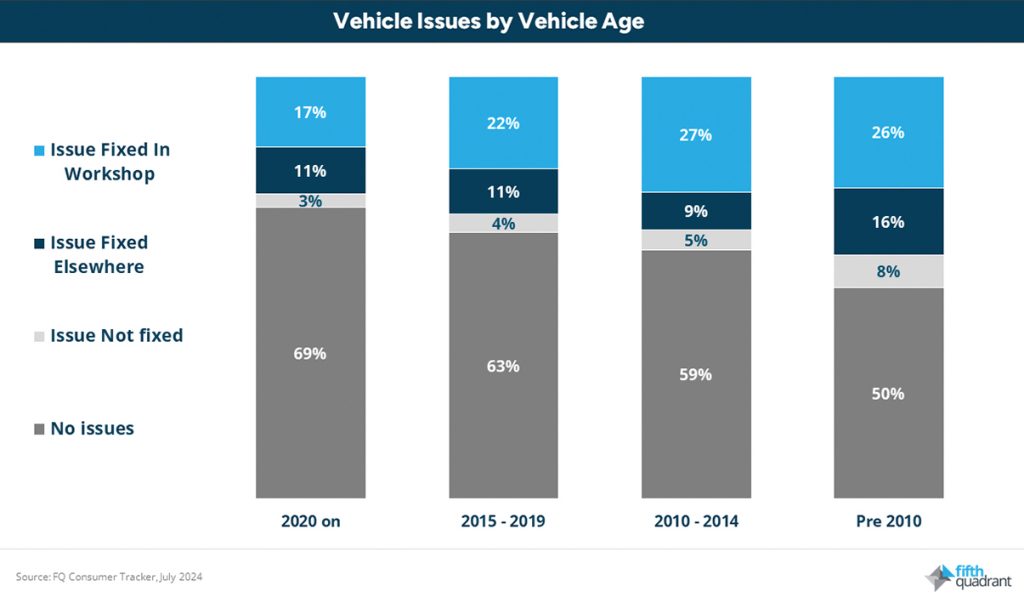
Major issues
Focusing on the major issues that are resolved in workshops, it is again no surprise that newer vehicles (2020 onwards) are most likely to be repaired in a dealership workshop.
This preference is likely driven by warranty coverage, as well as the belief that dealership technicians are more familiar with the latest models and technologies.
This shifts significantly however as vehicles age, with 71 percent of major issues resolved in the aftermarket for vehicles manufactured between 2010 and 2014, increasing to 80 percent for pre-2010 vehicles.
This can likely be attributed to several factors: the expiration of manufacturer warranties, the perceived cost-effectiveness of aftermarket service providers, the broader experience these workshops have with a variety of older vehicle models, and the trust consumers have in their expertise.
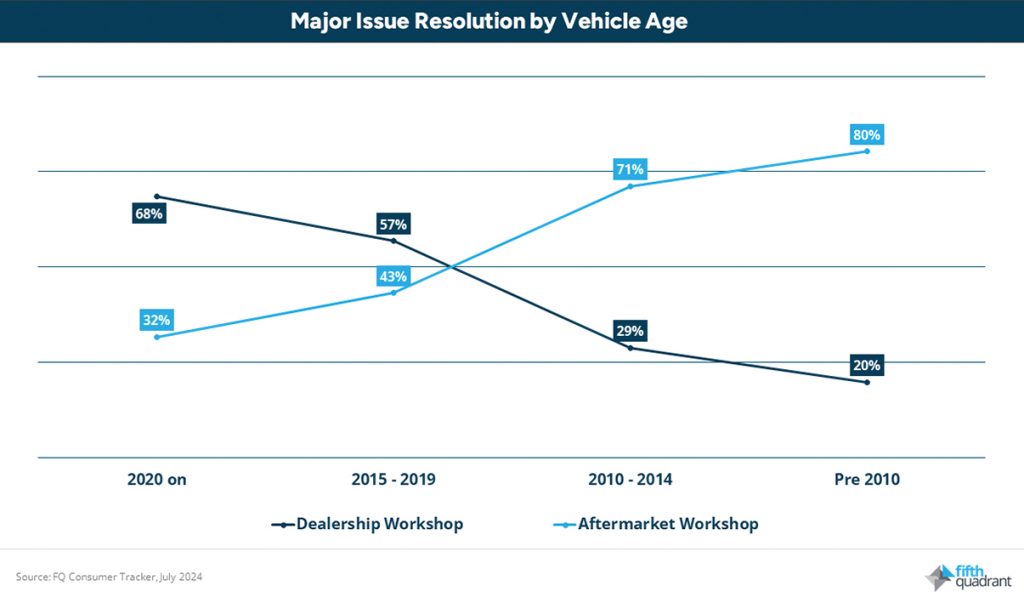
Minor issues
In the case of minor issues, the trend towards aftermarket workshops is even more pronounced.
While usage remains low for 2020-onward vehicles, more than half of 2015-2019 models are already being repaired in the aftermarket, and this figure jumps to 84 percent for pre-2010 models.
The steeper incline for minor issues suggests that vehicle owners are more inclined to choose aftermarket workshops for smaller, less complex problems, appreciating the lower cost and convenience offered by these local service providers.
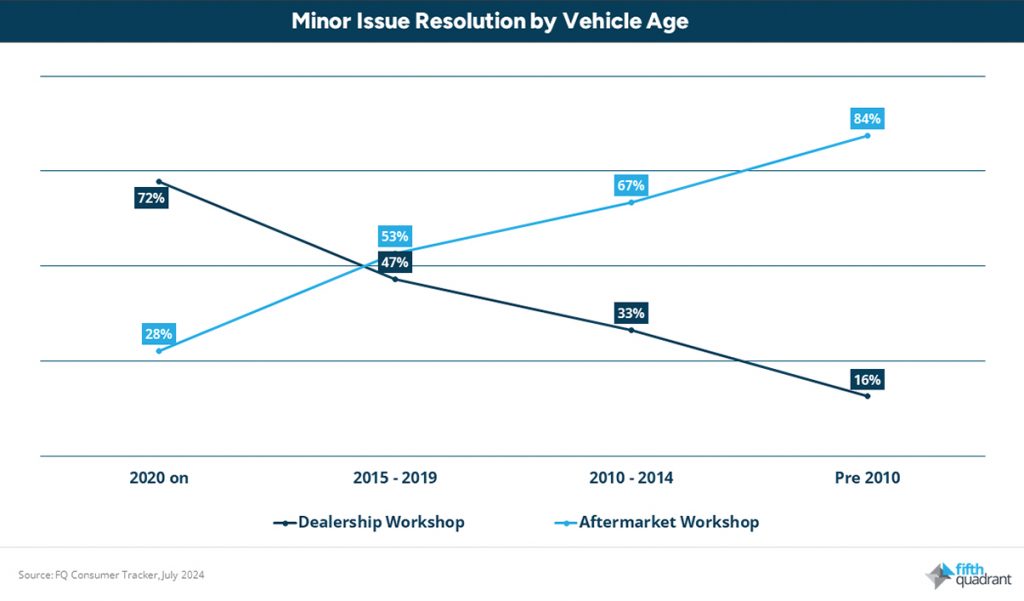
The data shows a clear trend: as vehicles age, the reliance on aftermarket workshops grows significantly.
For service providers, this trend offers a valuable opportunity to capture more business by tailoring services specifically to the needs of older vehicles.
Additionally, understanding why a significant portion of vehicle owners choose not to address issues at all can help service providers identify barriers and develop strategies to encourage regular maintenance and standard servicing.
By adapting to these trends, service providers can strengthen customer relationships, enhance service offerings, and drive long-term business growth.
This column was prepared for AAAA Magazine by Fifth Quadrant, the AAAA’s partners in the AAAA Aftermarket Dashboard which is delivered to AAAA members each quarter.
For more information about its services, visit www.fifthquadrant.com.au or contact Ben Selwyn on ben@fifthquadrant.com.au




